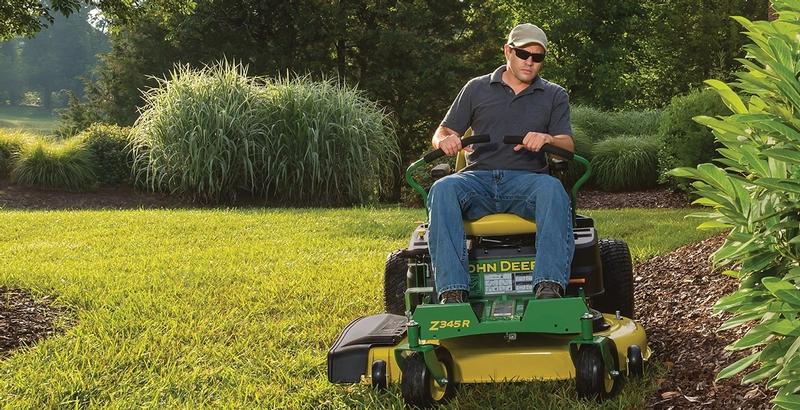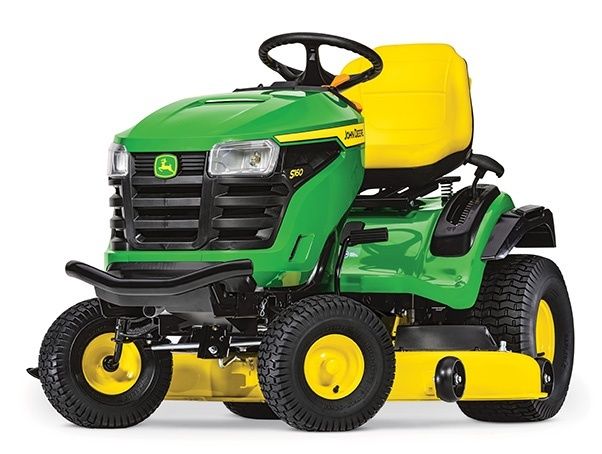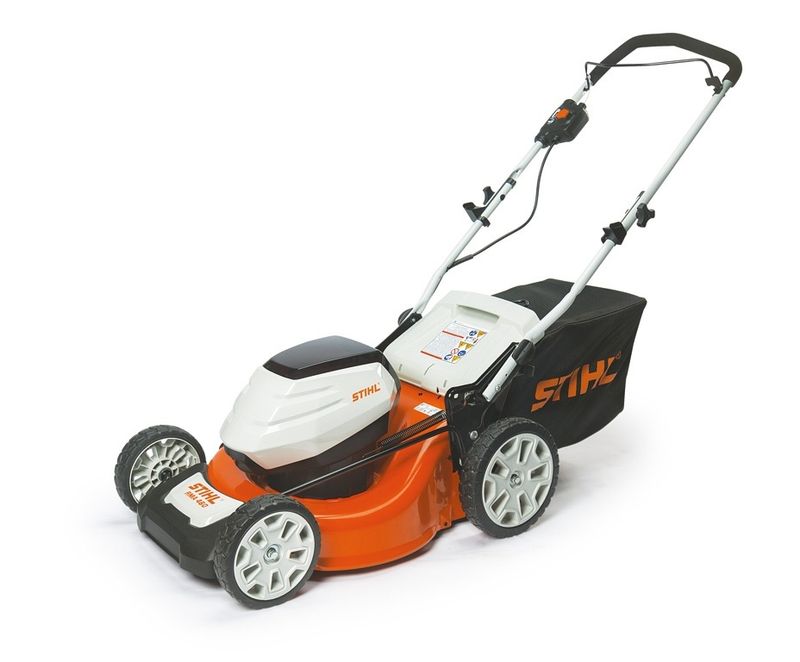
Know before you mow: a quick guide on mowing best practices
Everyone knows how to mow, right? Just turn on the mower and cut the grass. It's simple enough, but there are a few things you can do to take your lawn to the next level. Here are some mowing tips that will help you keep a professional-looking and healthy lawn.
Keep it tall
For most grass types, you can keep your lawn cut around 2.5 to 3.0 inches during the summer. Taller grass tends to have deeper roots and shades the soil, preventing weed growth and holding in moisture. On the last mowing of the season, drop your cutting height down to around 2 inches to lower the likelihood of snow mold.
Follow the 1/3 rule
The 1/3 rule recommends that you never cut more than one-third of your grass height. Why? A few studies have shown that cutting more than one-third can stunt growth and make your lawn more susceptible to disease. Other studies have shown that it doesn't really matter all that much.
So why do we say you should still follow it? When you cut shorter lengths off, you won't have as much excess grass collecting on your lawn. Your lawn will look well-kept, and the clippings will decompose quicker.
What to do when your grass gets out of control
If your lawn gets a little out of hand, cut the grass more frequently rather than cutting it all the way down in one go. It'll be easier on your mower and won't cause grass to pile up and suffocate your lawn. If you decide to go ahead and cut it short, make sure to bag or rake the clippings and avoid using mulching blades or a mulching kit. Not sure if you're using mulching blades? Check out our guide on mower blades.
Avoid mowing wet grass
Mowing a wet lawn doesn't harm grass, but it's just now worth it in our opinion. For one, your wheels aren't able to grip as well and may dig ruts or tear up your lawn. Wet grass will also stick together when it's wet. Wet grass will pile up on your lawn, leaving clumps everywhere when it dries, and stick to your mower deck, adding extra clean-up.
Mow in the early in the morning or late in the evening
The best time to mow is whenever you have time to. However, if you've mowed in triple-digit heat when the sun is high, you know just how rough it can be. You'll be drenched in sweat, dehydrated, and sunburnt before you know it.
Mowing early in the morning or late in the evening is not only safer for you, it's also better for your lawn! When it's cool or shady outside, grass will retain moisture more easily and, just like you, won't get dehydrated. Mowing in the evening also gives the grass a chance to heal overnight without the sun beating down on it.
Keep your blades sharp
Dull mower blades will tear grass instead of cutting it, causing discolored and frayed ends and an uneven lawn. Torn grass doesn't just look bad, it's also more susceptible to disease. If you need more details about sharpening blades, read our post about buying new blades or sharpening old ones.
Change directions
Most people mow the exact same direction every time. When you've figured out a path you like, it's easy to stick to it. That's not a bad thing, but mixing things up can be better for your lawn.
Think about it—if your tires are going over the same places each time, the soil will end up being more compact. More compact soil means roots can't grow and spread as easily. If the roots are short, grass may have a harder time standing up straight, meaning those stripes your tires are making might just stick around for a while.
Raise the blades in shady areas
If there's a spot in your yard that hardly ever sees sunlight, you may want to leave it a little tall. It might be tedious to raise your deck in different areas, but stay with us on this one! If you remember what photosynthesis is, you'll know that plants need sunlight to make their own food. Grass in shady areas won't grow as quickly as grass in direct sunlight. Leave your shady spots a little bit taller and they'll have more surface area for taking in sunlight.
Remove debris from your lawn before mowing
Unless you're trying to make spaghetti from your garden hose, always clear off your lawn before you start mowing. It's a good habit to get into even if you're 99.99% sure the lawn is clear.
Keep your wheels in the grass
When working around driveways and walkways, try to keep your wheels in the grass. If your driveway is raised up and you're mowing with two wheels in and two out, your grass will end up being cut at an angle. You might also run the risk of hitting your pavement with the blades.
Be careful on steep inclines
Take extra care when mowing inclines. If you're on a riding mower, don't take on any slope that you're not comfortable with. You may run the risk of flipping. We recommend using a push mower or reaching for a trimmer to take care of steep slopes. Always follow your manufacturer's guidance to ensure proper safety.
Have questions or need help with your mower? Reach out to your local Hutson store.



